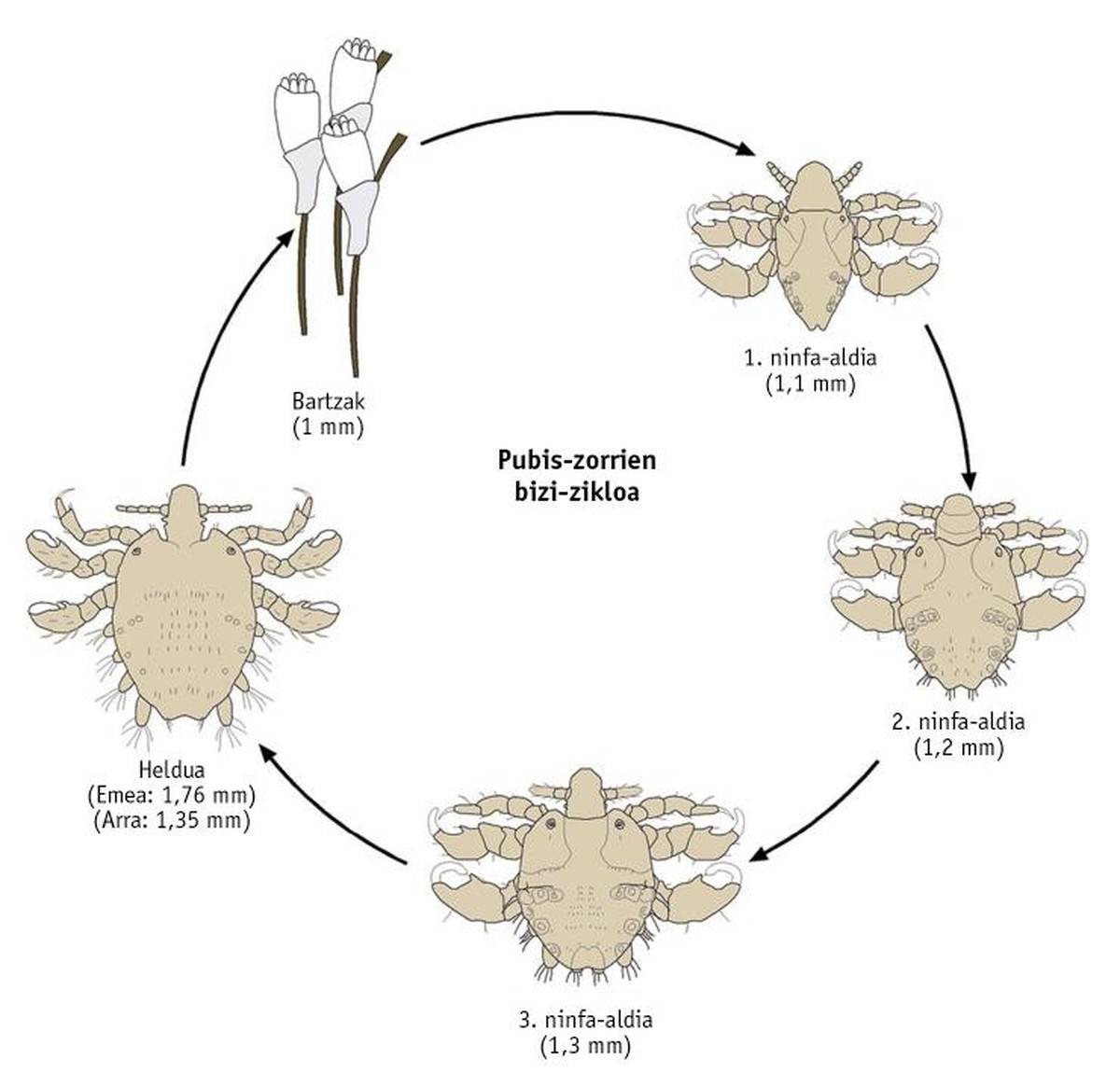Pubis lice, shameful parasites of the shameful
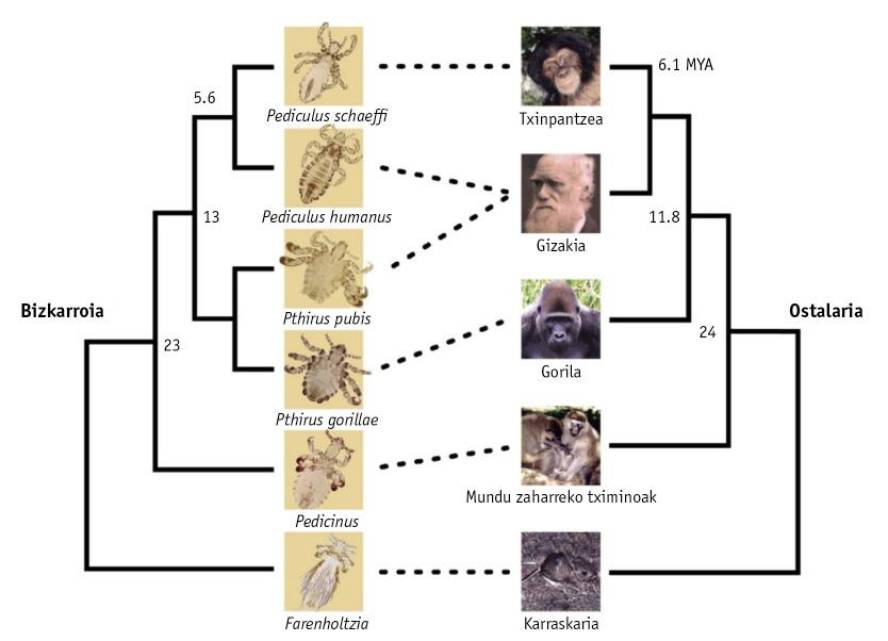
The pubic lice is a kind of lice called Pthirus pubis that lives in hairs around the human genitals. In addition, the human being can have two other types of lice as parasites: one is the head lice (Pediculus humanus capitis), common and known among schoolchildren, and another the lice (Pediculus humanus corporis), smaller than the former, but more dangerous for health, which can cause serious infections.
The frequency of pubis lice is much lower than that of the two species of lice mentioned, but according to experts, 2% of adults can suffer from this infection. This parasite is transmitted by sex, such as chlamydia, gonococia, genital herpes, syphilis, hepatitis B, and AIDS. Therefore, the disease that we can find at all social levels is that of pubis foxes.
These insects coexist with humans for a long time and may have evolved together. However, there is an obvious difference between the human being and lice: lice have their own skaters, that is, each species of lice only harms a certain mammal, while humans can have up to three species of lice.
This curiosity and the origin of the pubic lice were investigated a few years ago by genes of the parasite and man and of the hominids, curiosity and origin of the pubis lice. This study allowed to know when the evolutionary distribution of the species occurred. It seems that about three million years ago, more or less, the gorilla piojo welcomed our ancestor as a host and evolved with it to become the current pubis pil.
According to the experts, at that time gorillas and humans maintained a close relationship. The monkeys became our prey, we used their skin to heat and we shared the same spaces. These facts facilitated the “jump” that made our species the gorilla lice.
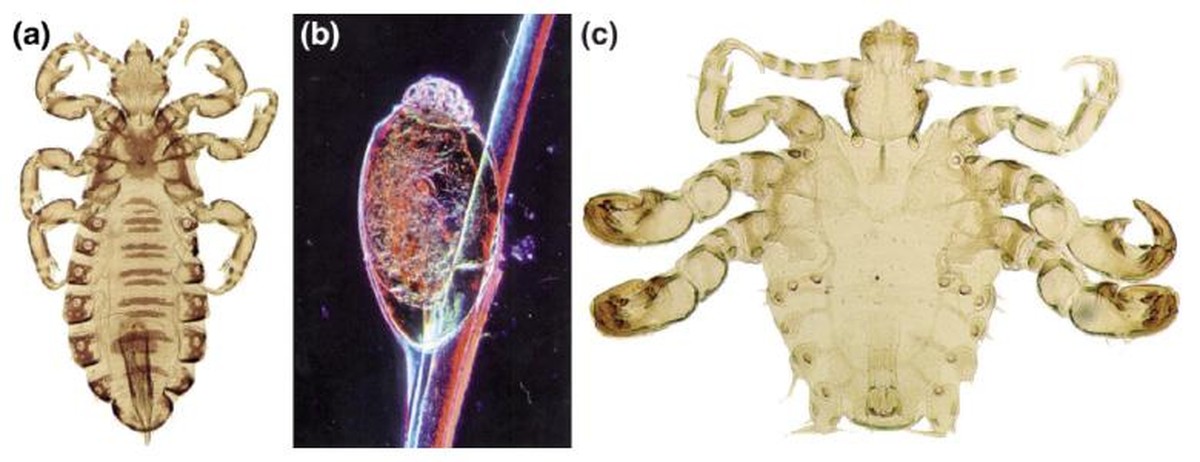
Like small vampires
Pubic lice are usually somewhat shorter than head and body lice and have a transparent or whitish color. Like every insect, they have a pair of antennas and eyes. The oral apparatus, for its part, is extremely complex and consists of several wedges of cutaneous puncture and absorption of blood. The lice have three pairs of strong key legs. These keys are fundamental for good hair grip. One of the peculiarities of this insect is that it is hooked to the hairs, so they have difficulty walking above the skin and, unlike fleas, they can not make jumps.
The transmission of the pubis lice requires a narrow physical contact, that is, sexual relations. According to some experts, the most polluting sexually transmitted infection is that of pubis lice.
The mature pubis lice paste the canvases with a adhesive material in the form of cement.
The jaws usually have a millimeter in length and are seen at the naked eye. They have a camera-shaped structure at one end so that the embryo that is inside reaches air and humidity. Young nymphs are born a week later, and in two weeks three changes pass and become mature pubis. The female survives one month and lays between 30 and 50 eggs. To survive, they puncture the skin of our body and absorb blood about five times a day (one milliliter of blood per day).
In each absorption of blood the lice emits irritating substances to the blood, which causes an intense itching. The presence of small purple spots on the parasitic surface is also frequent. In some cases, insects can also be found in other hairy areas, such as men's belly or chest hair, beard, etc., as well as in eyelashes and eyebrows. For example, a child who has been in contact with an adult with this parasite may have pubis lice in the hair of the eyes. Their existence can be a sign of sexual abuse against minors. It can be a serious topic of pubis lice.
A unique discovery
These parasites that we have always had among us have no extreme consequences for health, in addition to those mentioned. However, shame, indifference, fear and ignorance continue to dominate society by talking about these insects, so most of those affected are ashamed and often do not go to the doctor. Inadequate treatments result in reinfections in the patient and his sexual partner.
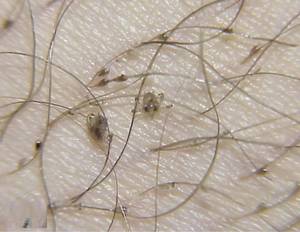
The treatment of pubic lice is usually simple and it is obligatory not only to treat the sick person, but also his sexual partner. By means of special combs or tongs, adult lice and hair nits should be released, as with head lice. It is also convenient to rub a pediculicide lotion to kill insects in the skin areas affected by infection. A week or later, specialists recommend applying the lotion to remove new nymphs born from eggs. Finally, suits, sheets and towels that have been in contact with the patient will be properly cleaned to prevent infections from reappearing.
According to some studies, between 30% and 40% of those affected by pubic lice suffer from other sexually transmitted diseases, including AIDS. And there is the bleeding of pubis lice. The medical detection and diagnosis of these parasites allows to rule out other sexually transmitted diseases through a deeper physical study and the taking of samples for microbiological testing.
The serious and deadly consequences of AIDS are known in society. Today, however, we have lost the fear of AIDS thanks to the new drugs used to combat it. Therefore, the measures to prevent transmission are less and less used, which has led to an increase in other sexually transmitted diseases. And they are not a nonsense. Chlamydiosis and gonococia, for example, often have no clinical symptoms, but can cause sterility, while hepatitis B and C can become chronic infections with severe liver problems.
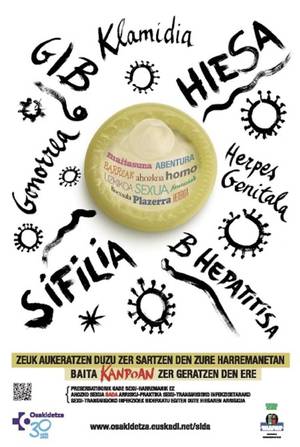
The social impact of these infections has long been known, since epidemiological data on these diseases are published. The incidence of pubic lice in the population, however, is not perceived anywhere, despite being a sexually transmitted disease; epidemiologists and doctors are still “blind” to this problem. For this reason, for society to be “normal” and “visible” it should be a mandatory declaration disease.
In addition, in campaigns and advertisements that are made to prevent sexually transmitted diseases, the infection of pubic lice can help people who suffer from this disease to come to the doctor without fear or shame.
Therefore, the detection of pubic lice can be a good opportunity to early detect other more serious sexually transmitted diseases, treat them properly, and take steps to avoid them from that moment, despite the little concern or shame of the patient.



